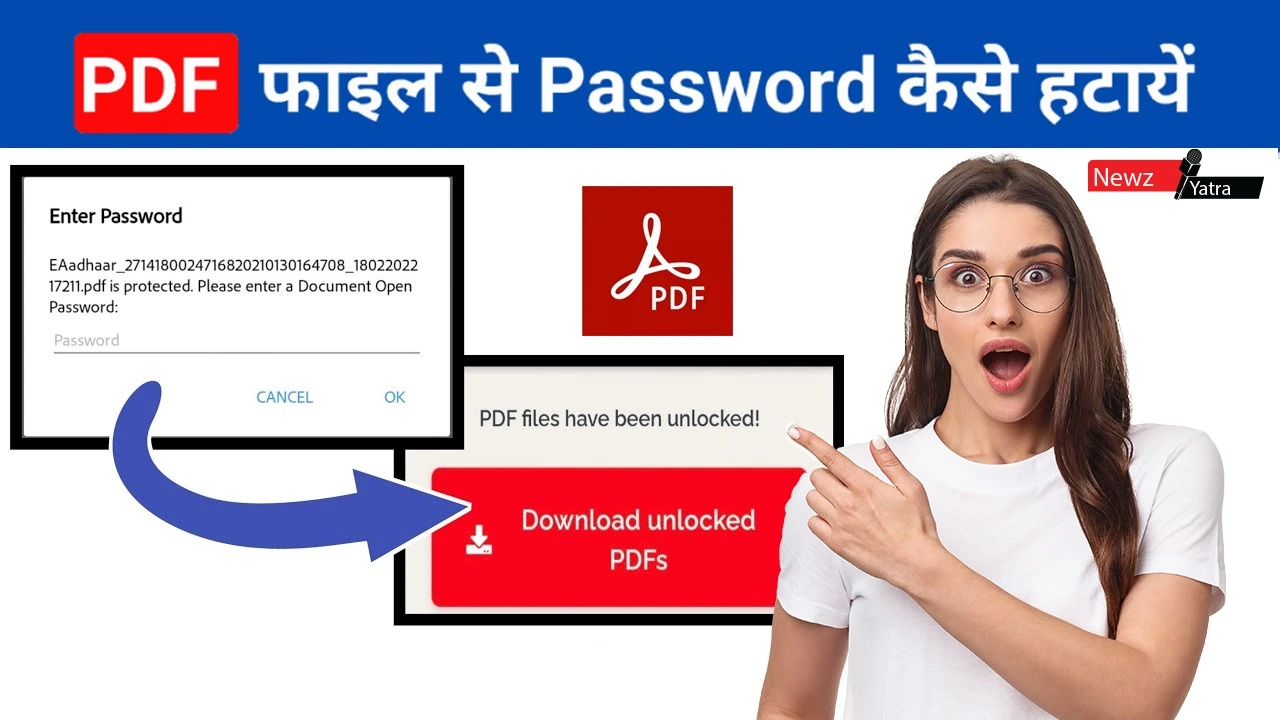How to Save $500 a Month Without Sacrificing Fun: Here’s How?

Saving money isn’t about cutting out every joy in life or giving up your favorite latte. It’s about making smarter, more intentional choices—the kind that add up without making you feel like you’re living on the edge of boredom or frustration.
The truth is, financial freedom doesn’t have to come at the cost of happiness. With a few strategic adjustments and some mindful habits, you can save $500 every month without feeling like you’re missing out. From rethinking how you spend on subscriptions to making better use of your grocery budget, it’s all about working smarter—not harder. (monthly budget saving hacks)
In this blog, we’ll walk you through practical, real-life steps that actually work. No extreme budgeting. No guilt-tripping. Just realistic tips that fit into your lifestyle and help you build savings—without killing your social life or sanity.
Let’s dive in and show your bank account some love—minus the misery.
The 48-Hour Secret: How to Outsmart Your Inner Impulse Shopper (monthly budget saving hacks)
Step 1: Audit Where Your Money Actually Goes (monthly budget saving hacks)
You can’t fix what you don’t track.
The first step to saving smarter is knowing exactly where your money is going. And no, a vague idea like “I spend too much on food” won’t cut it. You need real numbers.
Action:
Use budgeting apps like Mint, You Need A Budget (YNAB), or even your bank’s built-in tracker to go through last month’s expenses. Categorize every single dollar—no skipping the small stuff.
Pay special attention to these common spending leaks:
- Streaming & app subscriptions you forgot about
- Food delivery charges (those fees add up fast)
- Impulse purchases (especially online)
- Credit card interest or late fees
- Grocery bills that ballooned with extras
Most people are surprised (if not a little horrified) by what they find. But don’t judge yourself—this isn’t about guilt. It’s about awareness. Once you spot the leaks, you’re already on the path to patching them
Step 2: Slash the “Silent Costs” (monthly budget saving hacks)
These are the quiet expenses you barely notice—until they silently drain hundreds from your account every month.
This step is all about identifying and reducing the sneaky, low-effort costs that fly under the radar. You don’t have to sacrifice anything major—just trim the fat where it counts.
1. Cancel or Pause Unused Subscriptions (monthly budget saving hacks)
Be honest: Are you really using Netflix, Disney+, Hulu, Prime Video, HBO Max, AND Spotify every single month?
Most people sign up for free trials or new shows, then forget to cancel—leaving $10–$20 per service quietly draining their accounts. You don’t have to cut everything, but decide which ones you truly use. Pause or cancel the rest (most allow reactivation anytime).
Pro tip: Rotate subscriptions. Use one for a month, binge what you want, then switch to another the next month.
Estimated Savings: $30–$60/month
2. Call to Negotiate Bills (monthly budget saving hacks)
This is one of the most underrated and effective ways to save money—no drastic life changes required.
Pick up the phone and call your:
- Internet provider
- Cell phone carrier
- Insurance company (auto, renters, etc.)
- Streaming services or cloud storage providers
And say something like: (monthly budget saving hacks)
“Hi, I’ve been a loyal customer for a while and noticed my bill’s gone up. Are there any promotions, loyalty discounts, or more affordable plans available?”
Companies often have discounts or unadvertised deals—but only give them if you ask. You might also be able to remove hidden fees or downgrade features you don’t actually use.
Pro tip: Mention that you’re considering switching providers—it politely puts pressure on them to offer you something better.
Estimated Savings: $25–$75/month
Step 3: Cut Food Waste, Not Meals (monthly budget saving hacks)
You can still enjoy good food—just don’t let your money go straight to the trash bin.
One of the biggest monthly expenses (and most overlooked money leaks) is food. But the good news? You don’t need to give up dining out or live on instant noodles to save big. With a few smart tweaks, you can eat well, reduce waste, and keep your budget happy.
1. Try the $5 Meal Challenge (3x per week) (monthly budget saving hacks)
The idea is simple: Make three home-cooked meals per week that cost $5 or less per serving. This isn’t about being boring—it’s about being creative and resourceful.
Think:
- Rice bowls with veggies and eggs
- Pasta with canned tomatoes, garlic, and herbs
- Stir-fried noodles or veggie soups
- Loaded grilled cheese with a side salad
Pinterest and TikTok are full of easy, 15-minute budget recipes that still taste great.
Over a month, this swap could replace 12 restaurant or takeout meals—and your wallet will thank you.
Estimated Savings: $100+/month
2. Split Dining Out in Half (monthly budget saving hacks)
Let’s say you grab takeout or eat out 8 times a month. What if you made that 4 times instead?
You don’t have to say goodbye to your favorite spots—just be more intentional. Save it for the weekends, special days, or when you really need the convenience. Not only will it feel more satisfying, but you’ll also cut down on the average $15–$25 per meal expense.
Even better: Try sharing dishes or ordering smaller portions if you still want to treat yourself without overspending.
Estimated Savings: $60–$100/month
Step 4: Use the 48-Hour Rule for Purchases (monthly budget saving hacks)
Impulse buying is the silent killer of your savings goals—and it happens faster than you think.
Ever added something to your cart just because it was on sale, “limited edition,” or you were having a bad day? You’re not alone. But those $30 here, $40 there purchases add up quickly—often without you realizing.
The Fix? The 48-Hour Rule (monthly budget saving hacks)
Here’s how it works:
Before making any non-essential purchase over $30, pause. Walk away. Close the tab.
Then wait 48 hours.
In that time, ask yourself:
- Do I really need this?
- Do I already have something similar?
- Will I even remember this in two days?
You’ll be surprised—9 out of 10 times, you’ll either forget about it or decide it’s not worth it. This simple habit builds discipline without making you feel deprived.
Estimated Savings: $50–$150/month
Just by pressing pause, you give your brain—and your bank account—a chance to breathe.

Bonus: 3 Micro-Habits That Make Saving Effortless (monthly budget saving hacks)
Sometimes, it’s not the major budgeting overhauls or extreme lifestyle changes that lead to consistent savings—it’s the small, repeatable actions that build awareness and discipline over time. These three simple micro-habits require minimal effort but can have a powerful impact on how you spend and save. Start with just one and see how easily it creates a ripple effect in your financial habits.
1. Keep Your Debit Card in a Drawer for 30 Days (monthly budget saving hacks)
This might sound a bit intense, but it’s surprisingly effective. By physically removing your debit card from your wallet and keeping it out of reach—say, in a drawer at home—you create a natural pause between the urge to spend and the act of spending.
Why it works:
- It forces you to think before you buy, especially when it comes to impulsive purchases.
- You become more intentional with your money, choosing to use cash or budgeting apps with pre-set limits.
- You’ll start to identify what’s truly necessary and what’s just a momentary desire.
Even if you keep your card accessible for essential bills, removing it from everyday situations—like online shopping or food delivery—can significantly reduce unnecessary spending. If going completely card-free feels too restrictive, consider using a digital wallet with tight spending limits as a middle ground.
2. Use Cash Envelopes for Just One Spending Category (monthly budget saving hacks)
You don’t need to adopt the full envelope budgeting system to benefit from this technique. Simply choose one category where you tend to overspend—like takeout, coffee, or weekend entertainment—and assign it a cash limit for the week.
For example, set aside $40 in an envelope for eating out. That’s your total budget for the week in that category. When the cash runs out, you pause spending until the next week.
Why it works:
- Using physical cash creates a natural boundary—you can see the money disappearing, unlike swiping a card.
- It builds discipline without overwhelming your entire budget.
- You become far more aware of your spending habits in that one area, which often carries over into others.
This small habit can help retrain your brain to make better decisions and feel more in control.
3. Track Every Expense for Just 7 Days (monthly budget saving hacks)
You don’t need to commit to full-time budgeting to benefit from short-term expense tracking. For just one week, write down every single thing you spend money on—no matter how small.
Record everything: your morning coffee, the snack at the gas station, Uber rides, tips, parking meters—everything.
Why it works:
- It reveals how many small, seemingly harmless expenses are quietly draining your wallet.
- You become aware of emotional or stress-related spending patterns.
- You’ll spot recurring habits or triggers you weren’t consciously aware of.
The best part? Most people naturally reduce their spending the following week—without even trying—just from the awareness created by this one-week audit. Try doing this once a month as a “money reset” to stay on track.
Why These Habits Work (monthly budget saving hacks)
These micro-habits are low-effort, easy to test, and don’t require you to radically change your lifestyle. They work because they create financial mindfulness—the awareness that allows you to make better decisions without feeling restricted. (monthly budget saving hacks)
You don’t need to do all three at once. Start with one, see how it shifts your behavior, and build from there. The savings will follow—quietly, consistently, and almost effortlessly.
“Small Shifts, Big Wins” (monthly budget saving hacks)
Saving $500 a month doesn’t require a total lifestyle overhaul or giving up everything you enjoy. It’s about small, intentional shifts that add up over time. When you audit where your money goes, cut the silent costs, rethink food habits, and build a few simple micro-habits, you’ll start to see change—not just in your bank balance, but in how you feel about money.
Financial freedom doesn’t come from deprivation—it comes from awareness and control. So whether you start by pausing before your next impulse buy or simply track your expenses for a week, each step puts you closer to your savings goal without sacrificing your joy.
Remember: The goal isn’t to save harder—it’s to save smarter. Your future self (and your current peace of mind) will thank you.
Where to Invest in India Right Now: Future-Ready Sectors for Long-Term Returns!






